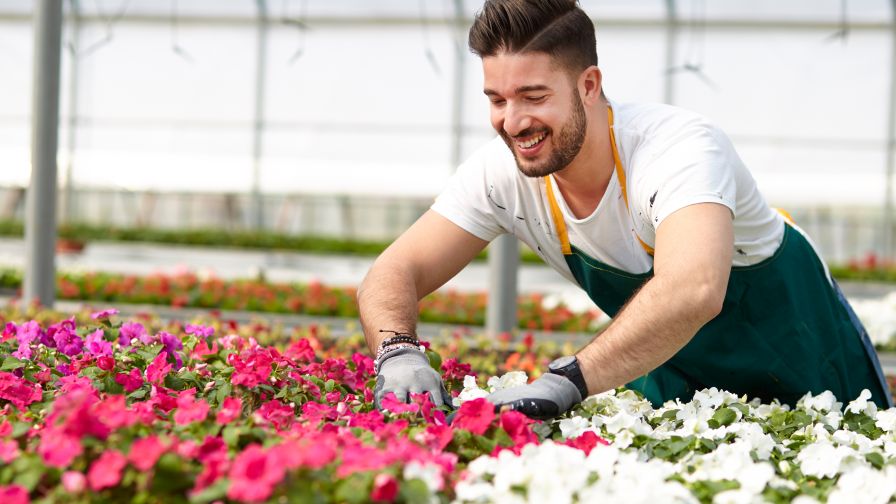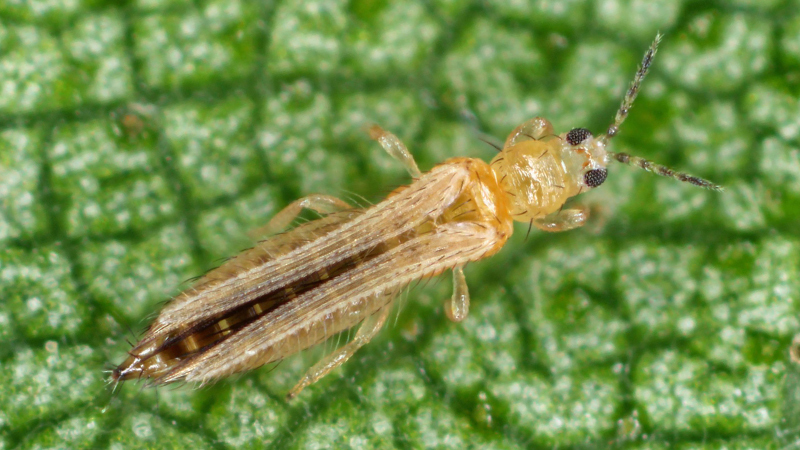Get the Lowdown on Nutrient Analysis in Vegetables
The quality of water and nutrient solution used in controlled environment agriculture production systems is one of the most important factors that affect plant health and yield. Growers monitor water and nutrient solution quality by sending samples for analysis to determine the levels of nutrients and salts. They also use sensors to monitor pH and electrical conductivity (EC) regularly to determine necessary adjustments for the nutrient solution.
Growers can also analyze the microbiome, the genetic material of all the bacteria, fungi, and viruses that live in their water and nutrient solution, to evaluate levels of harmful pathogens, such as Pythium and Phytophthora species that cause root rot.
Most greenhouses and vertical farms use recirculated nutrient solution to reduce their water use and wastewater. This practice is not only friendly to the environment, it also reduces operating costs. Challenges with using recirculated nutrient solution include build-up of salts, pathogens, and biofilm in the circulation system and the root zone of the plants. Without proper management, these conditions can lead to unhealthy plants that are more prone to disease.
To reduce salt accumulation in recirculated nutrient solution, its EC and pH need to be monitored and adjusted regularly. Treatments to reduce pathogen and biofilm levels include ozone, ultraviolet (UV) light, pasteurization, or a combination of these systems. However, these treatments kill not only pathogenic microbes but might kill beneficial microbes as well. Some growers prefer not to sterilize their nutrient solutions to promote beneficial microbes, though this may come at a cost of higher levels of pathogens and subsequent disease development.
To learn more about the microbiome of nutrient solutions and develop better management tools, the Ontario Ministry of Agriculture, Food and Rural Affairs (OMAFRA) has arranged a virtual session to discuss two independent research projects. The first project, Healthy Hydroponics, is led by Dr. Charles at Metagenom Bio Life Science. This project analyzes samples of nutrient solutions using molecular tools to identify all present microbes (beneficial and pathogenic) by sequencing their genetic material.
The second project is led by Dr. Zytner and his PhD. student, Abou Taher Jamal Uddin, at the University of Guelph’s School of Engineering. This project investigates the efficacy of different nutrient solution sterilization technologies against Phytophthora and Pythium species. The levels of these pathogens in circulated and non-circulated nutrient solution samples from greenhouses will be determined. Results from both projects will be provided to participating growers.
A virtual information session has been organized for Monday, September 28, 2020 at 11:00am -12:00pm. If you would like more information about either of these projects or would like to attend the information session, contact Dr. Fadi Al-Daoud, Greenhouse Vegetable Specialist at OMAFRA.










